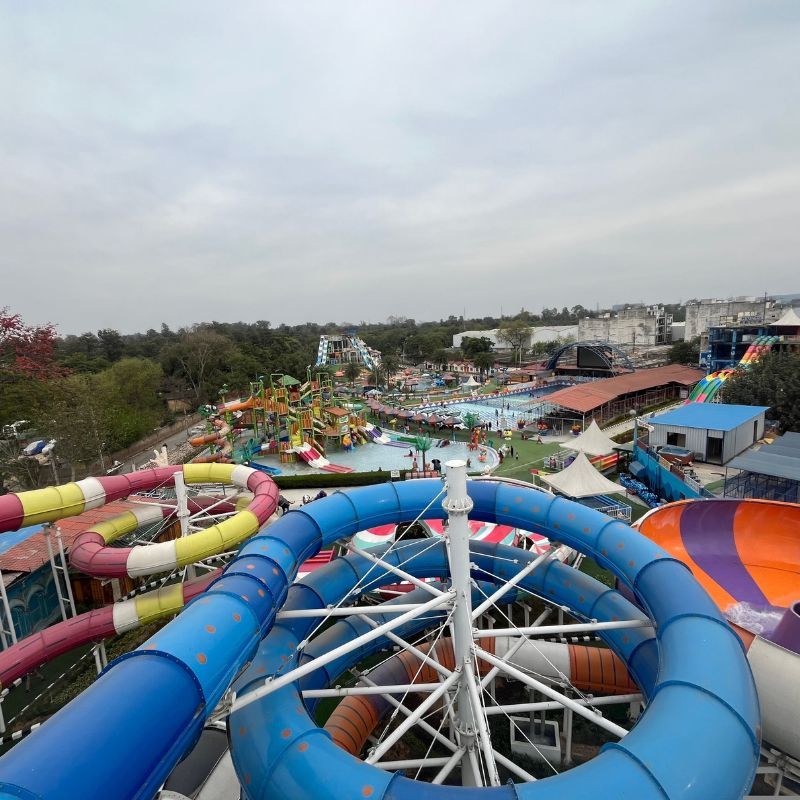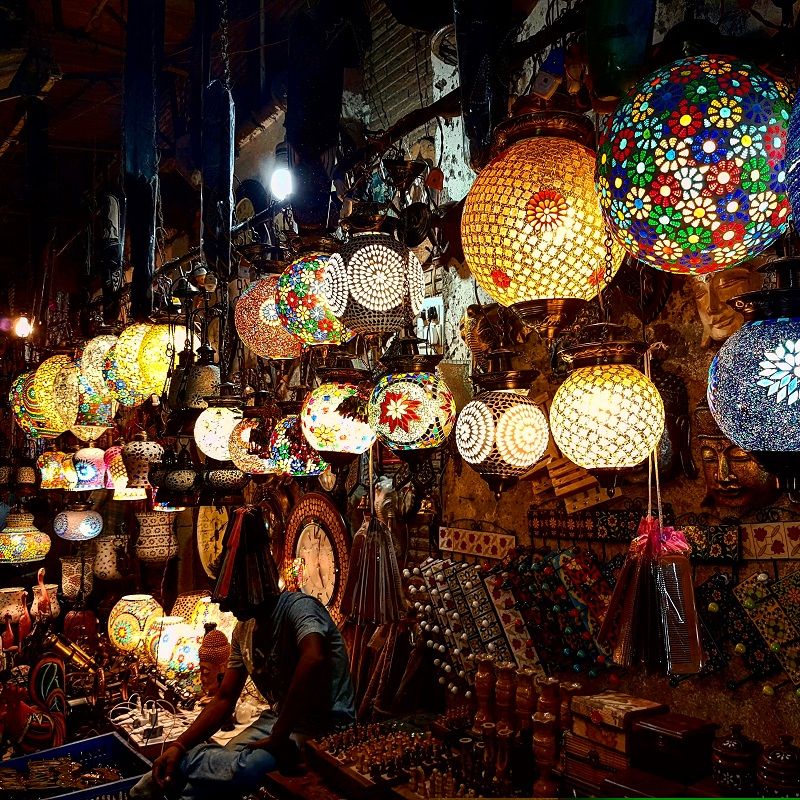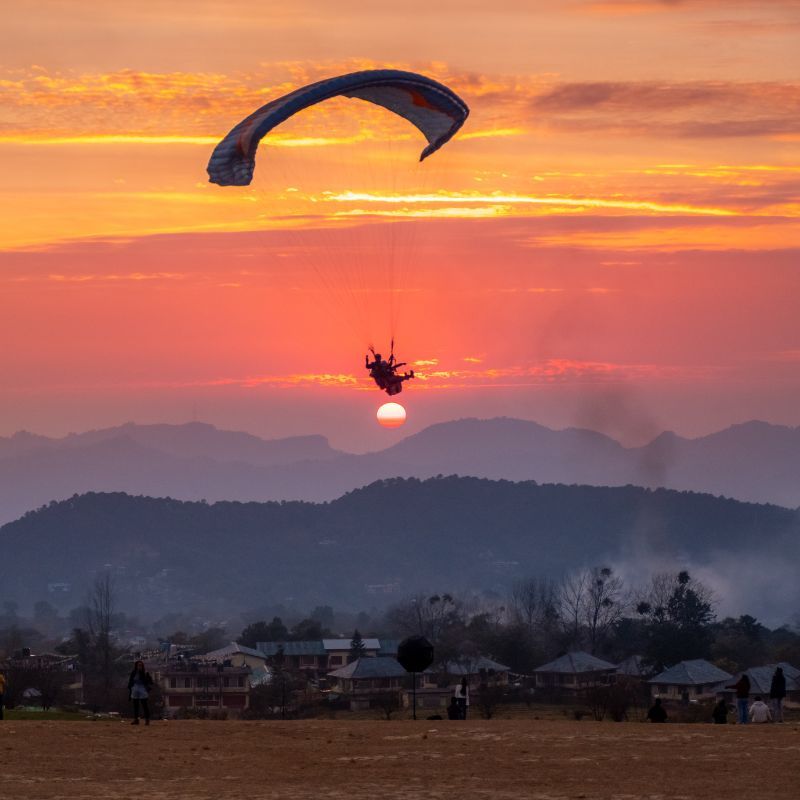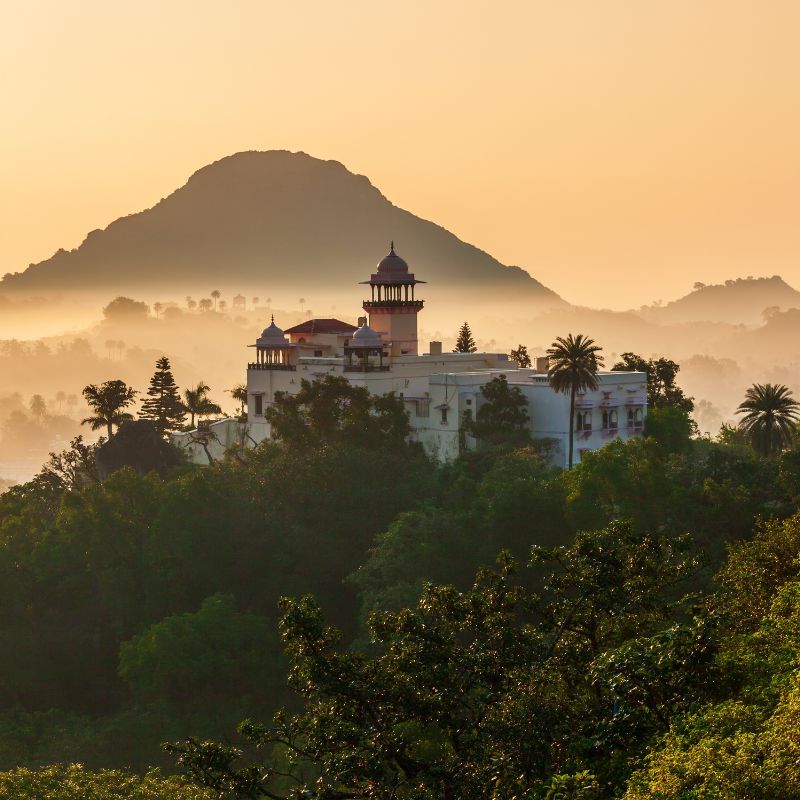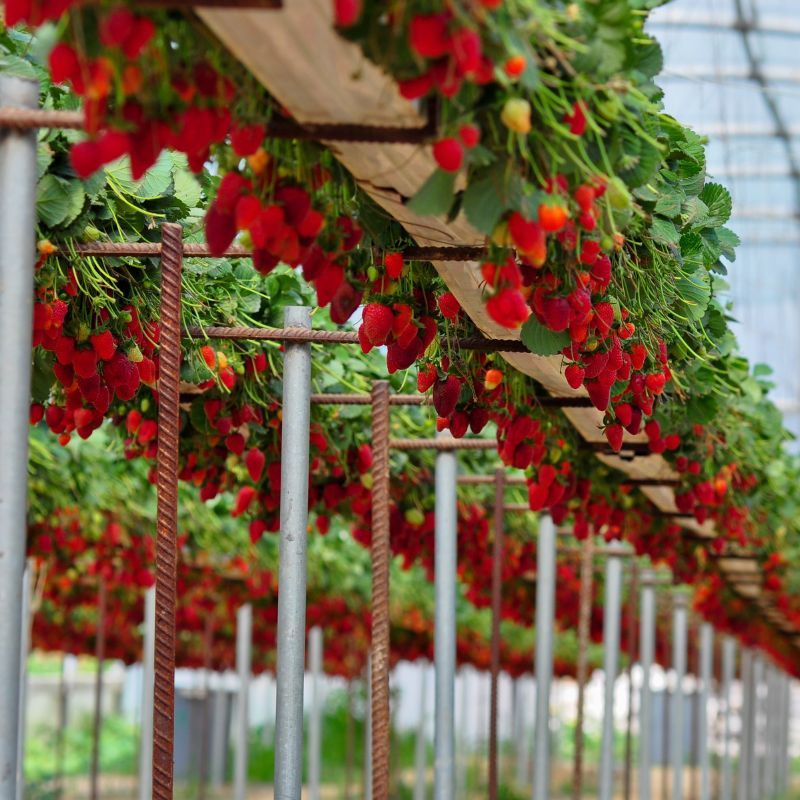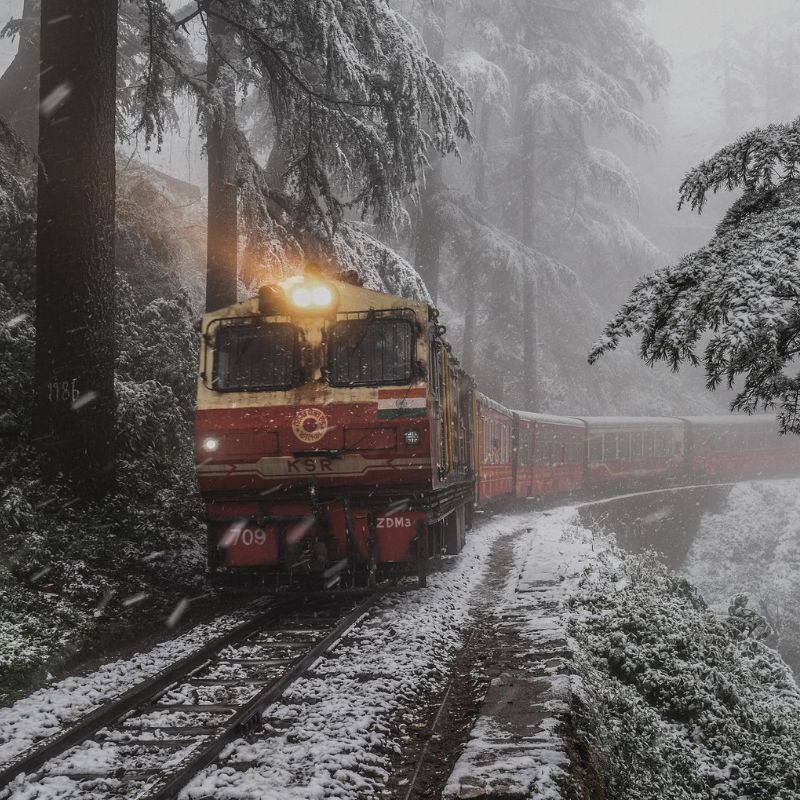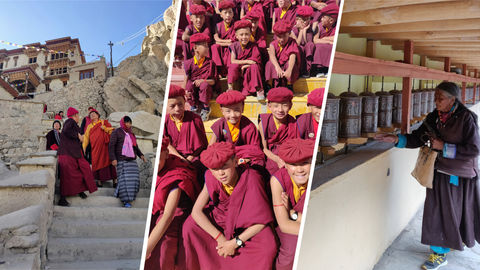
A trip to Ladakh reveals the changes that the region is witnessing in the wake of its popularity and its resilience beyond the other-worldliness. Text and photographs by Rashima Nagpal
To begin with the best, or to save it for the last—I often find myself wondering when I sit down to tell a story. But as I look back at my time in Ladakh, going through the photographs on my phone, I struggle to find an experience that stands out. The graph of my trip was rather linear, it seems—places were explored and experiences unveiled at a steady pace, day after day. And even though it was my first time in Ladakh, it didn’t feel so. I had read and heard, even written, so much about the region that most of what I saw felt familiar. I could recognise the Thiksey Monastery at first glance; I knew the pink tea would taste like butter; I anticipated that a visit to the Shey Palace would take me back in time, and the Leh Market felt more or less like I had always imagined it.
But I am not complaining. The job of a travel writer takes you places before you actually go there. Most certainly so when the destination is Ladakh. Home to the world’s highest motorable roads, extraordinary landscapes, and an air of Zen, this Himalayan jewel is revered by everyone who pays it a visit.

It was September, and I was there to attend the Naropa Festival at Hemis Monastery. Until this year, the festival was celebrated once every 12 years. But the 2018 edition, landing
just two years after its last iteration, had a newness to it. The five-day gala was a vibrant
showcase of local culture and tradition, but what stood out was the progressive vibe in the
air. In a first, Ladakh saw the launch of an EDM album at the festival. I saw charismatic young Ladakhis sing and groove to electronic music. In another instance, a forward-looking Naropa Fellowship was unveiled, an opportunity for environmentally-conscious youth from across the Himalayan belt to acquire entrepreneurial skills and promote sustainability in the region.
But the modernisation of a remote region comes with certain drawbacks. The influx of tourists here has only increased over the years, and that has put Ladakh’s topographic sanctity in a vulnerable state—the repercussions are already visible. The commercial centre of Leh, all of one square kilometre in size, is seeing new settlements mushrooming in its vicinity, and traffic jams have made their way to one of the highest towns in the country. On a stroll through the town, I discovered lovely, old shops selling taftan and girda (local bread cooked in a brick oven). But the shopkeepers fear that they’ll soon be overshadowed by upcoming restaurants in the neighbourhood.

Ladakh is also dealing with a stray dog crisis. Close to 5,000 dogs have found their home in
Leh, which is home to approximately 27,000 people. According to news reports, about 797
cases of dog bites were reported in 2017 alone. The canines thrive on food dumped in the garbage, which is found in abundance during the tourist season. They become aggressive in the harsh winter months when tourists dry up and trash dwindles in the area.
Incidentally, I stumbled upon the Live to Rescue animal sanctuary on my trip. Part of the Live to Love initiative, the Young Drukpa Association of Ladakh launched this shelter-cum-rehabilitation centre as an alternative to euthanising thousands of dogs. The healthy, adoptable furballs at the centre, 25 kilometres from Leh, were proof of its success. The rescue programme regularly expands its operations; it is now home to chickens, cows, donkeys, goats, and even a pair of native double-humped camels.

Another agent of change is the Druk Padma Karpo School, popularly known as
Rancho’s School. It was conceptualised with the ambitious goal of building a local school
with a globally competitive curriculum rooted in the humble values of Ladakh. The school is
also a pioneer of eco-friendly practices in the region—the main structure has been built
using local materials, and the energy-efficient design features passive solar heating, gravity-fed water systems, and pit latrines with solar chimneys. In a region as sensitive as Ladakh, environmental awareness begins early.
While my initial itinerary did look quite touristy, I ended up leaving Ladakh a much more aware traveller. Not only did I experience the pervasive beauty of the region, but also its resilience to adverse change.

Related: Meet Shilpa Balakrishnan, the Indian Biker Who Is Making Headlines With Her Conscious Travel Tales


